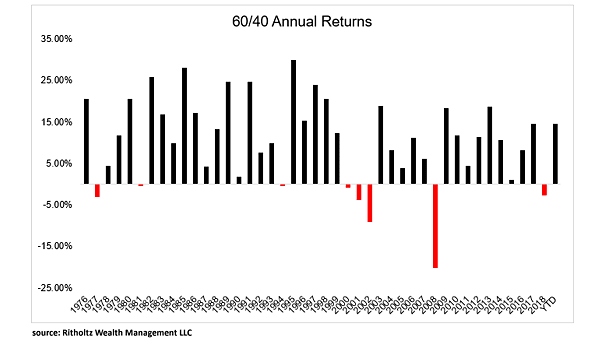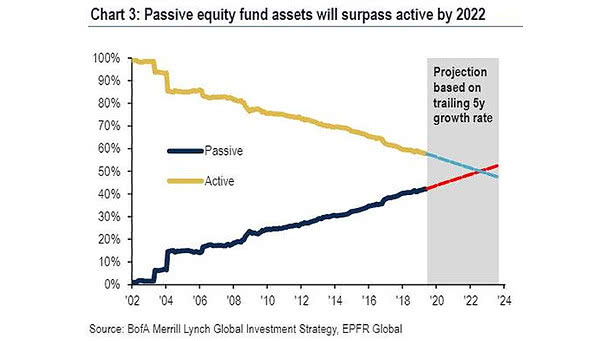60/40 Portfolio Annual Returns
60/40 Portfolio Annual Returns A 60/40 portfolio has delivered an annualized return of 10.15% since 1976, with positive returns in 35 of 43 years. But the coming years may be more challenging, because investors may face a period of lower returns. Image: Ritholtz Wealth Management LLC


